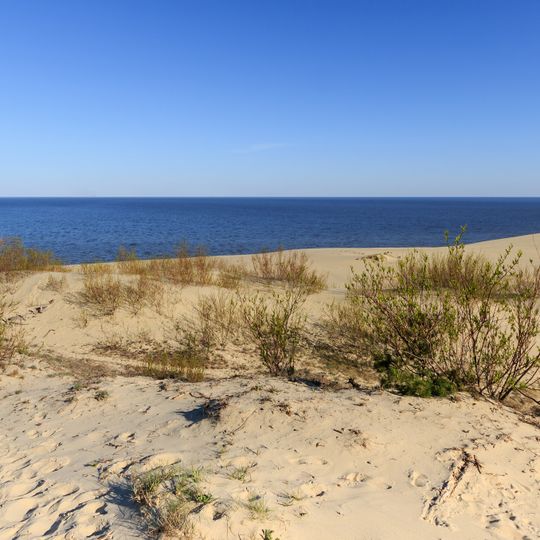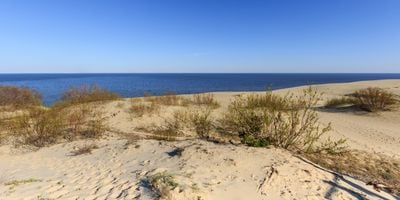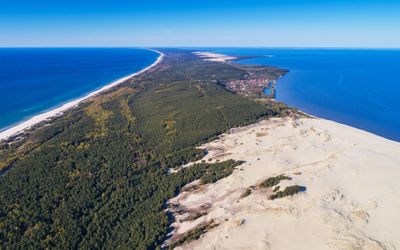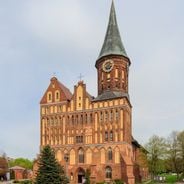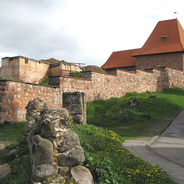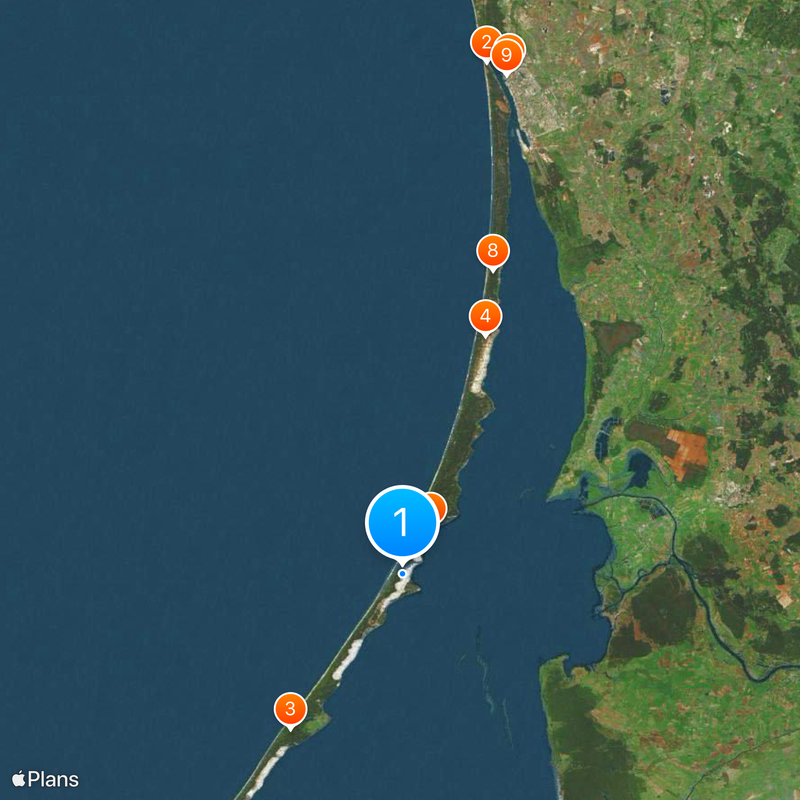Curonian Spit, UNESCO World Heritage sand peninsula in Baltic Sea, Lithuania and Russia
The Curonian Spit is a narrow landform separating the Baltic Sea from the Curonian Lagoon, now shared between Lithuania and Russia. Shifting dunes shape the terrain alongside extensive pine woodlands planted during the 19th century to halt erosion.
Deforestation during medieval times allowed dunes to migrate and bury several settlements beneath sand. Starting in the early 19th century, Prussian authorities launched a reforestation program that gradually stabilized the terrain.
Fishing villages along this narrow strip maintain traditions in their wooden architecture, with distinctive gables and weathervanes marking the rooftops. Visitors notice these construction methods especially in settlements where residents still plant their gardens following patterns passed down through generations.
Ferry connections link the Lithuanian mainland near Klaipėda with the start of the landform, offering separate crossings for walkers and vehicles. Those visiting the drifting dunes should take care during strong winds, as blowing sand reduces visibility and makes walking harder.
The Parnidis Dune near Nida ranks among the tallest shifting dunes in Europe and changes its shape and position slightly each year. From its crest, visitors see both the open sea and the calm waters of the lagoon simultaneously, highlighting the contrast between the two sides.
Location: Klaipėda County
Location: Kaliningrad Oblast
GPS coordinates: 55.27444,20.97083
Latest update: December 15, 2025 00:24
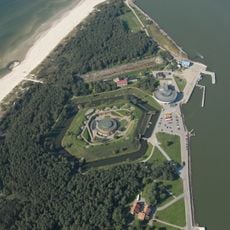
Lithuanian Sea Museum
49.9 km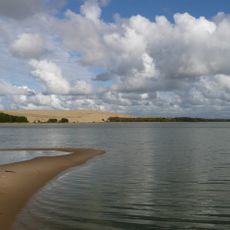
Curonian Spit National Park
18.5 km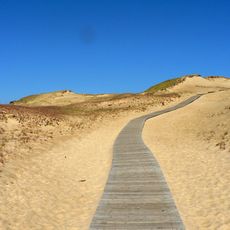
Curonian Spit National Park
24.3 km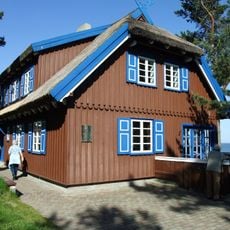
Thomas Mann Memorial Museum
5.2 km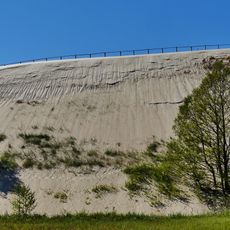
Parnidis Dune
2.6 km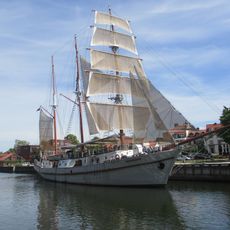
Meridianas
49.6 km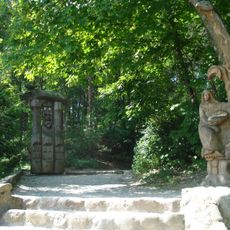
Hill of Witches
30.6 km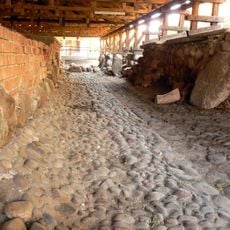
Klaipėda Castle
49 km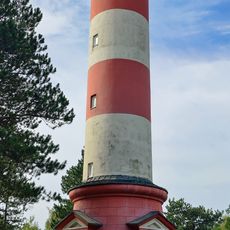
Nida Lighthouse
3.7 km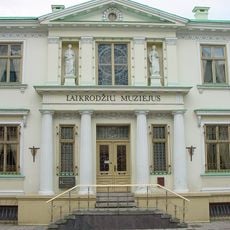
The Clock and Watch Museum
49.8 km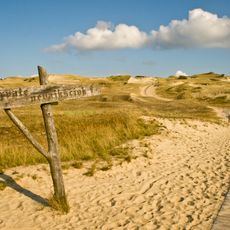
Nagliai Nature Strict Reserve
23.3 km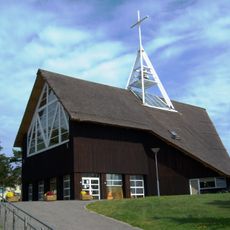
Church of the Blessed Virgin Mary, Help of Christians, Nida
3.7 km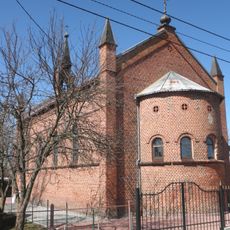
Saint Sergius of Radonezh church in Rybachy
15.4 km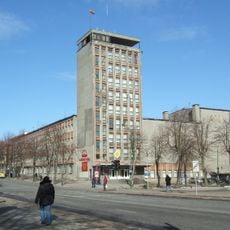
Klaipeda Musical Theatre
49.7 km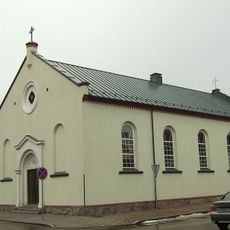
Christ the King churches in Klaipėda
49.8 km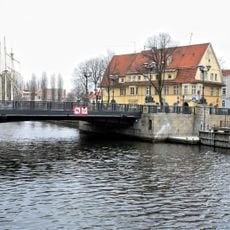
Biržos bridge
49.6 km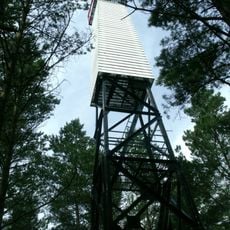
Juodkrantė Lighthouse
32.7 km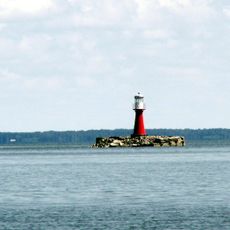
Pervalka Lighthouse
18.6 km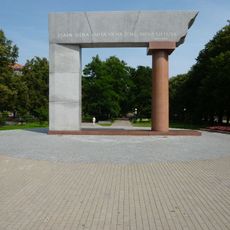
Arka
49.6 km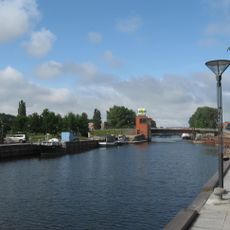
Pilies tiltas (Klaipėda)
49.3 km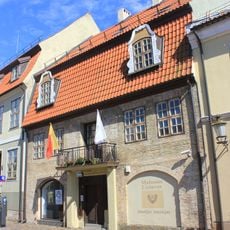
The History Museum of Lithuania Minor
49.3 km
Rathaus Klaipėda
49.5 km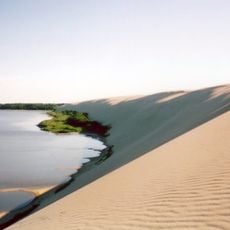
Grobstas Nature Strict Reserve
1.4 km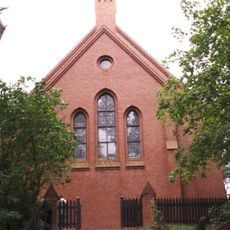
Evangelical Lutheran Church in Nida
4.5 kmHagen's height
46.4 km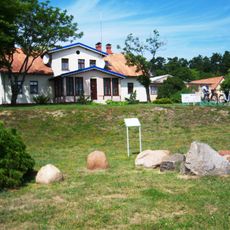
Purvynė
6.1 km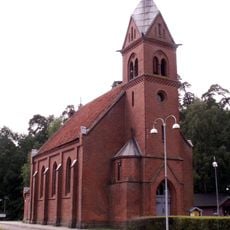
Evangelical Lutheran Church in Juodkrantė
30.1 km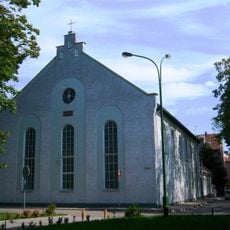
Evangelikų baptistų bažnyčia
49.7 kmVisited this place? Tap the stars to rate it and share your experience / photos with the community! Try now! You can cancel it anytime.
Discover hidden gems everywhere you go!
From secret cafés to breathtaking viewpoints, skip the crowded tourist spots and find places that match your style. Our app makes it easy with voice search, smart filtering, route optimization, and insider tips from travelers worldwide. Download now for the complete mobile experience.

A unique approach to discovering new places❞
— Le Figaro
All the places worth exploring❞
— France Info
A tailor-made excursion in just a few clicks❞
— 20 Minutes
